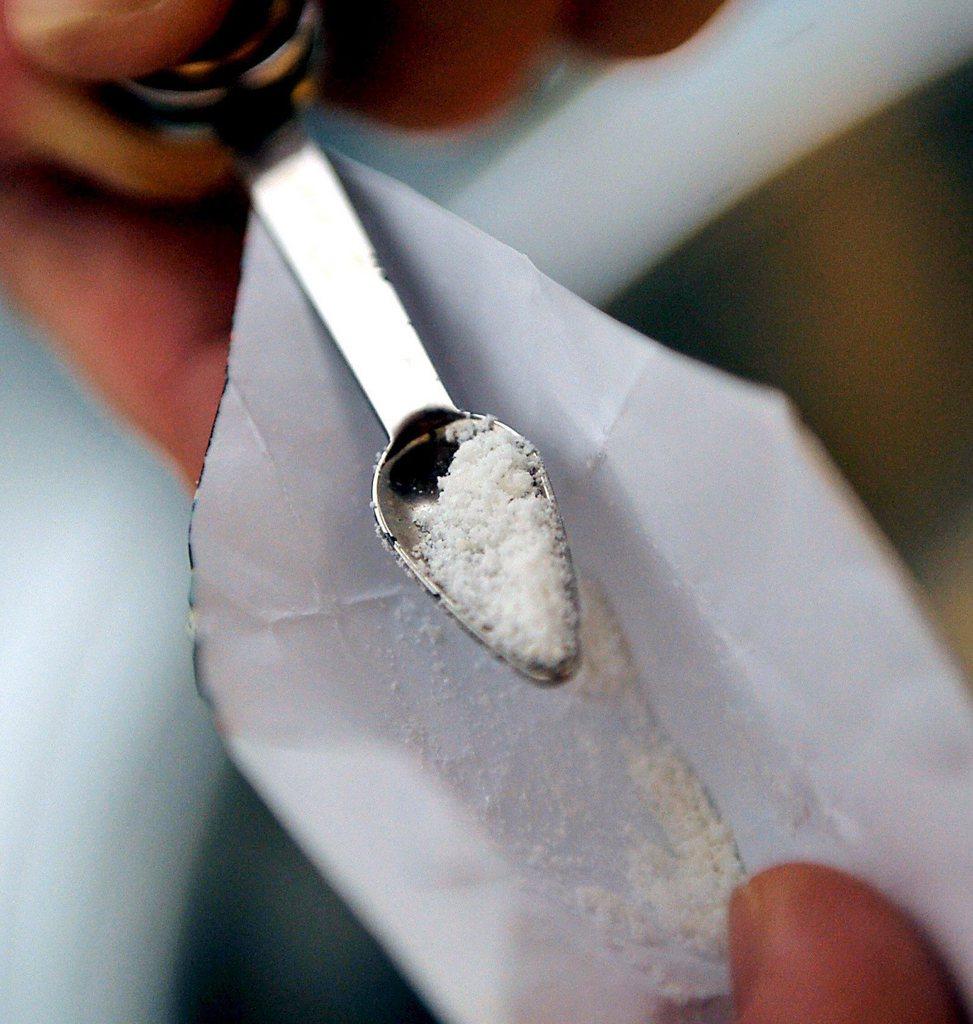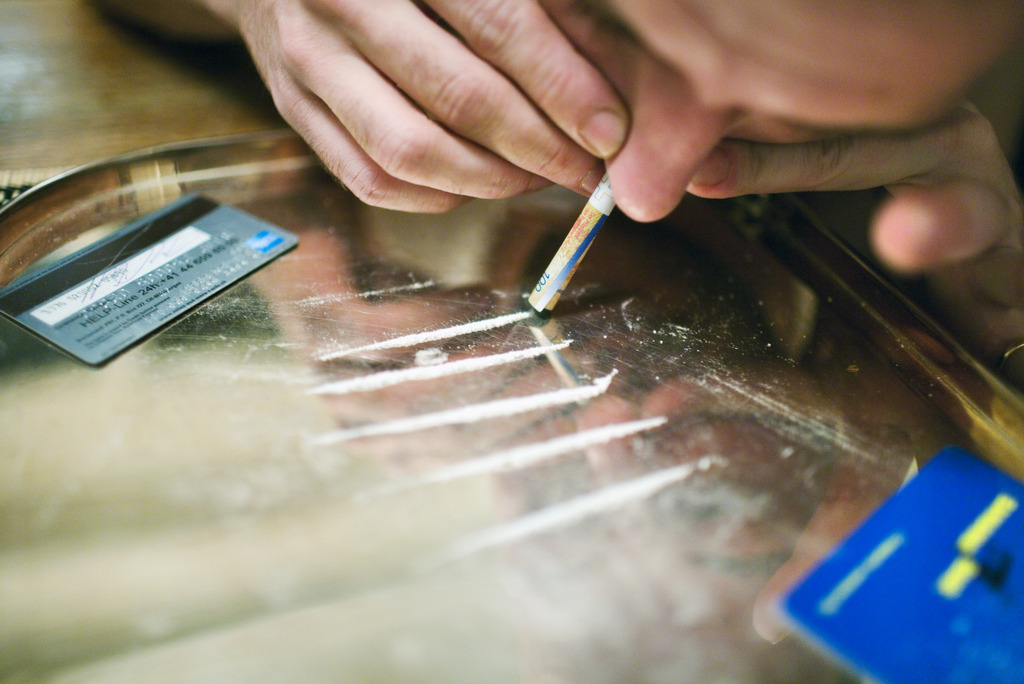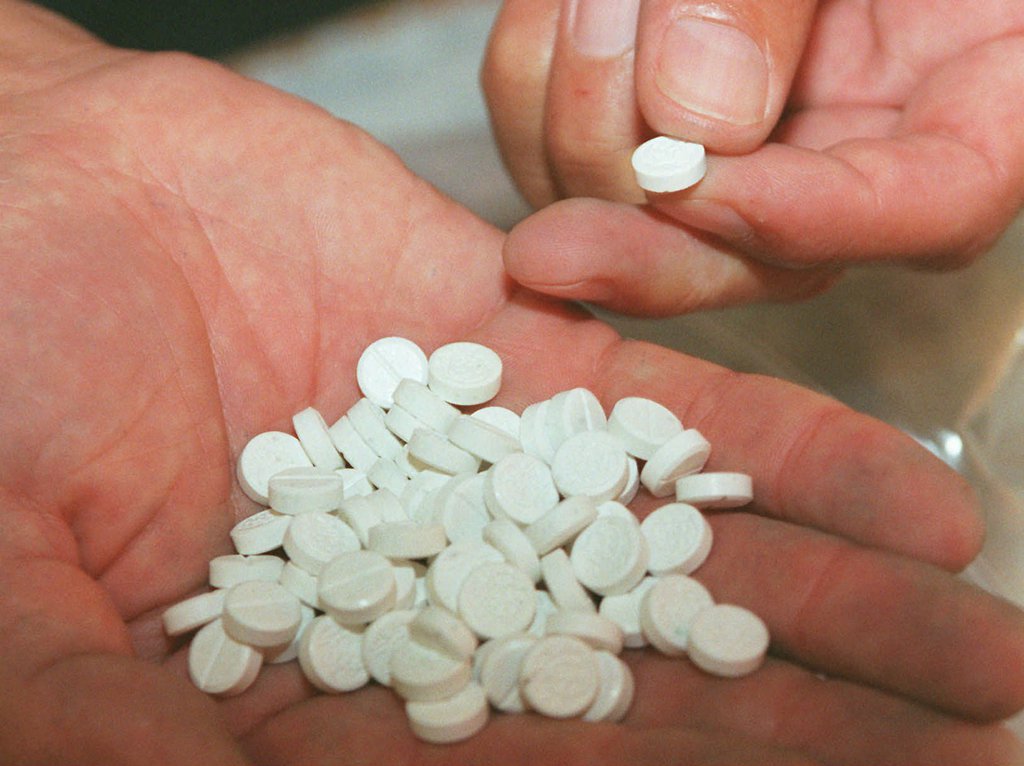Zurich is Europe’s third biggest cocaine hot spot

Zurich is ranked third behind Antwerp and London for the amount of cocaine consumed on a daily basis, according to a European wastewater study of 50 cities in 18 countries.
The European Monitoring Centre for Drugs and Drug addiction ranked the Belgium port of Antwerp the cocaine capital of Europe in a study published in Lisbon on TuesdayExternal link, with an average concentration of cocaine in wastewater of 915 mg per 1,000 people per day. It was followed by London (894 mg) and Zurich (722 mg).
Six Swiss cities featured in the top 20: Geneva was ranked seventh (484 mg), St Gallen eighth (450 mg), Basel ninth (435 mg), Lugano 13th (381 mg) and Bern 15th (325 mg).
The study of drug-taking behaviours of Europeans analysed daily wastewater samples in the catchment areas of wastewater treatment plants over a one-week period. Wastewater from approximately 25 million people was analysed for traces of four illicit drugs: amphetamine, cocaine, MDMA (ecstasy) and methamphetamine.
By sampling wastewater scientists can estimate the quantity of drugs used in a community by measuring the levels of illicit drugs and their metabolites excreted in urine.
The wastewater analysis indicated that cocaine use is highest in western and southern European cities, particularly in cities in Belgium, the Netherlands, Spain and Britain. There is very low to negligible cocaine use in the majority of eastern European cities.
For ecstasy Zurich was ranked 5th (59 mg per 1,000 people per day), while Eindhoven in the Netherlands was far out in front (125 mg). In most cities, ecstasy amounts recorded were higher in 2016 than in 2011, with sharp increases seen in some cities, which the study’s authors say may be related to the increased purity of MDMA or increased availability and use of the drug.
The loads of amphetamine detected in wastewater varied considerably, with the highest levels reported in cities in the north of Europe. Amphetamines were found at much lower levels in cities in the south of Europe.

In compliance with the JTI standards
More: SWI swissinfo.ch certified by the Journalism Trust Initiative


You can find an overview of ongoing debates with our journalists here. Please join us!
If you want to start a conversation about a topic raised in this article or want to report factual errors, email us at english@swissinfo.ch.